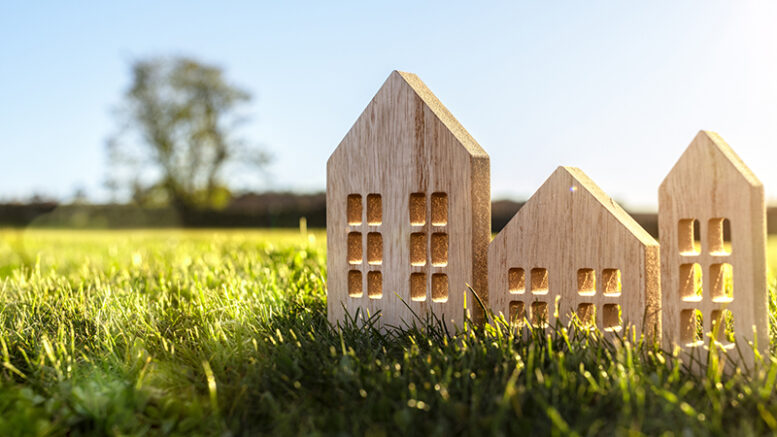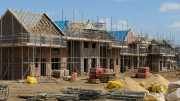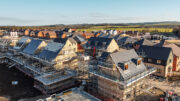Research from Lomond suggests that Labour could nearly meet half of its ambitious target of 1.5 million new homes by reclassifying just 1% of the current green belt. This small portion could provide space for over 738,000 new homes, significantly contributing to addressing the housing crisis.
Analysis of Land Usage and Potential
Lomond’s analysis examined the total area of designated green belt land across England and estimated how many homes could be built on just 1% of this land. The study found that reclassifying wrongly designated green belt areas, such as low-grade sites with defunct agricultural buildings, could be highly beneficial. An example includes a disused garage in Tottenham, which remains undeveloped due to its green belt status despite not being genuinely green.
The green belt covers approximately 1,638,420 hectares, nearly 13% of England’s total land area. The average new home requires a land plot of about 222 square metres, meaning the entire green belt could theoretically accommodate 73.8 million new homes. Utilizing just 1% could facilitate the construction of 738,027 new homes.
Economic and Regional Impact
Currently, the average new-build home in England costs £406,732. Building 738,027 homes on 1% of the green belt could add almost £300.2 billion to the property market. However, it’s important to note that a percentage of these new homes would be designated as affordable according to the National Planning Policy Framework.
The South East, holding the largest portion of the green belt at 19%, could see the greatest increase in housing stock, with 137,514 new homes. The West Midlands could gain 119,149 homes, followed by Yorkshire and the Humber (117,838), the North West (114,527), and the East of England (105,401). Even London, with just 2.1% of the total green belt, could benefit from 15,662 new homes.
Industry Perspective
Ed Phillips, CEO of Lomond, commented: “Building on the green belt is a contentious issue and quite rightly so, as nobody wants to see our green and pleasant land concreted over in order to build more housing. However, that’s not what Labour is suggesting and the fact of the matter is that there is a great deal of green belt land that is wrongly classified and could be put to far better use. The intention to address this issue by creating the grey belt is not before time and, as our research shows, utilising just 1% of this wrongly classified land could go a long way in addressing the housing crisis and delivering the homes needed to help ease the supply and demand imbalance.”
Future Considerations
This research highlights the potential of reclassifying parts of the green belt to help meet housing demands. As the government considers strategies to tackle the housing shortage, the idea of a “grey belt” could provide a balanced approach, utilising land efficiently while preserving genuinely green areas. The broader implications for UK landlords and the housing market depend on careful planning and implementation of these proposed changes.








